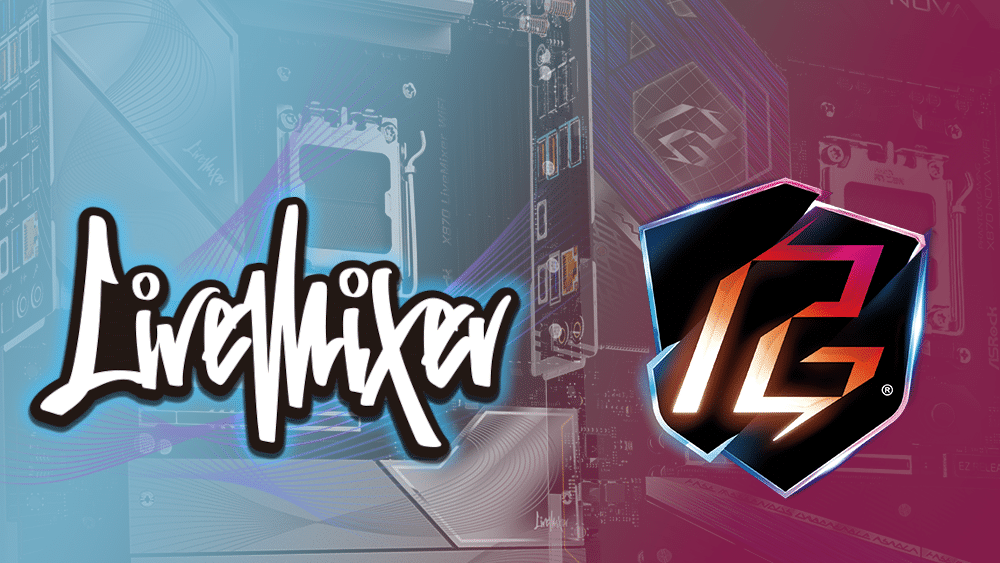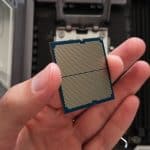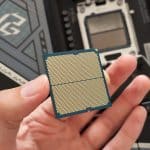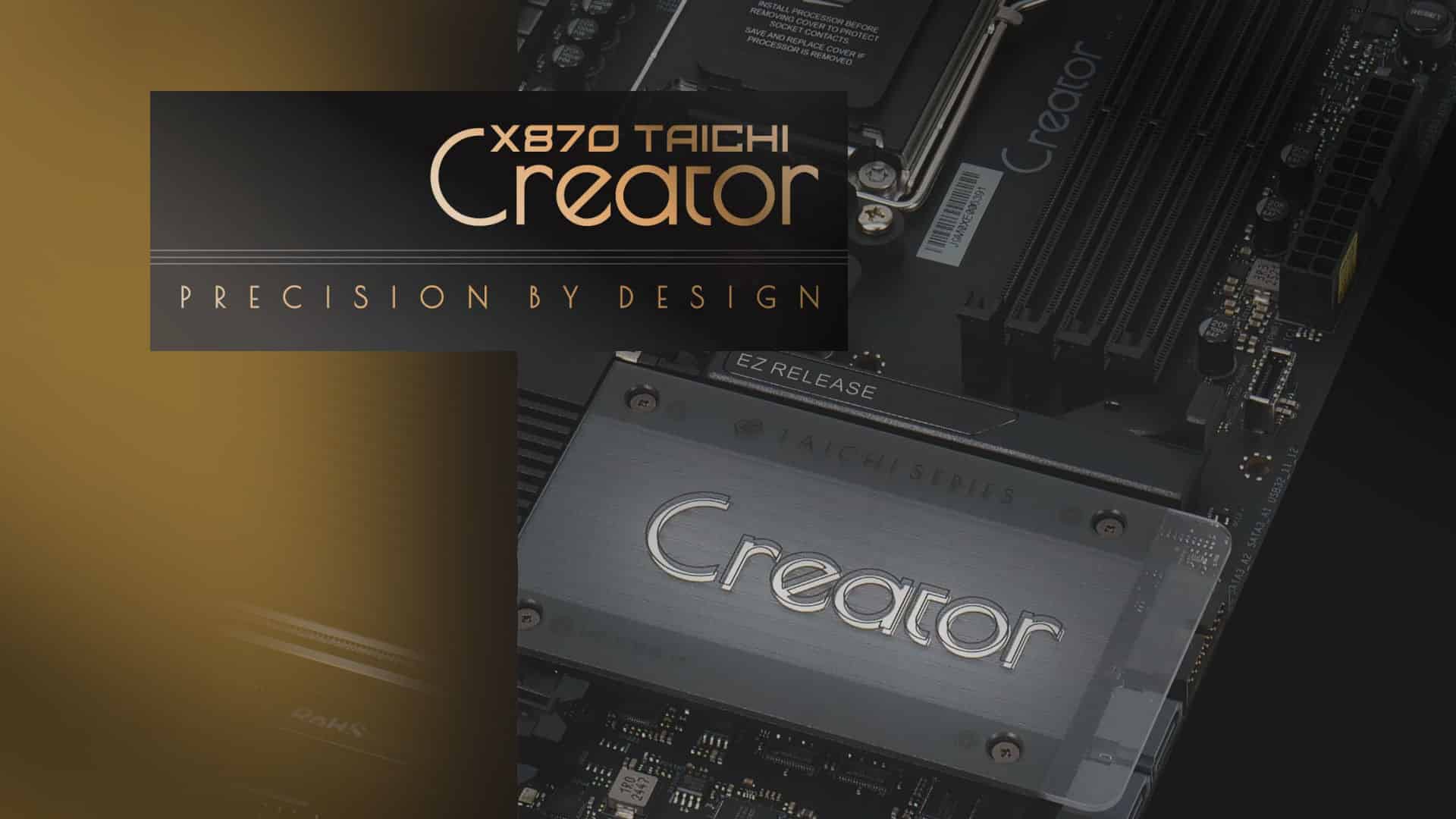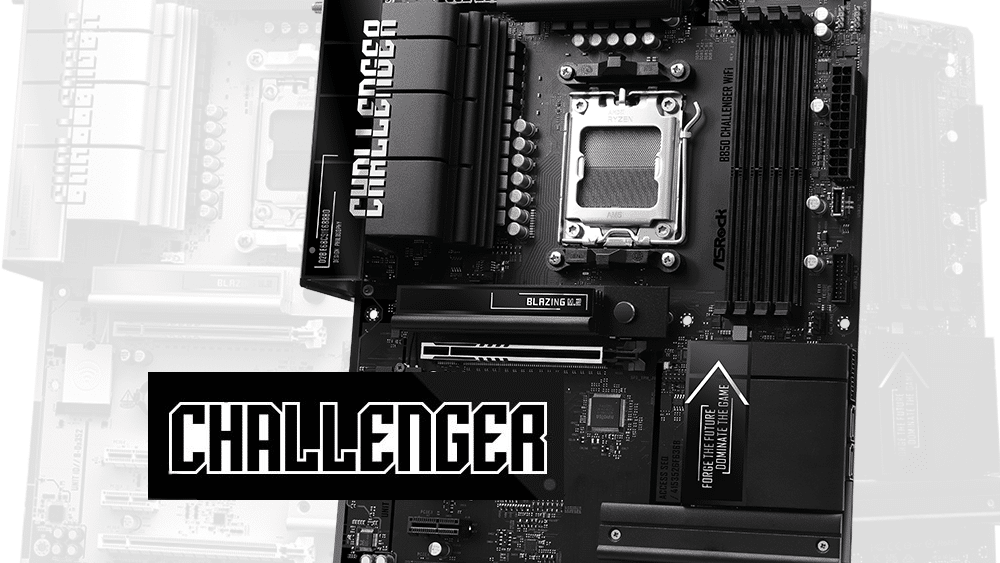Epilogue
After spending time with both boards, it’s clear that ASRock’s X870 offerings are more than adequate to support almost any use case.
The LiveMixer scores points for clean styling and a generous selection of ports and headers, making it a practical choice for users who value functionality and modern features. It’s equally at home in a gaming rig or a workstation, offering four M.2 slots, three PCIe slots, integrated Wi-Fi 7, and 5 Gbit Ethernet. Official pricing isn’t out yet, but based on past LiveMixer models, it should be competitively priced.
Design-wise, the line has lost some of its flair. Gone are the bold graffiti graphics seen on the B650 or older Z790; ASRock seems to be moving away from such designs on higher-end boards. We’d welcome their return.
Under the hood, the LiveMixer brings USB4 ports on the rear with up to 40 Gbps transfer speeds via a dedicated controller. The port selection should satisfy most users, and networking is equally well covered.
The Phantom Gaming board pushes further, despite its similar looks. Both share VRM heatsinks, networking, USB4, and the same audio codec, but the Nova adds faster RAM support, two extra CPU phases, more storage, and faster front-panel charging. It also offers an EZ Release mechanism, a backside cooling plate, and a sizeable chipset cooler, none of which the LiveMixer has. It’s the more capable option, though with fewer USB ports and a higher expected price.
On the software side, both have nearly identical BIOS layouts. EXPO must be enabled manually for optimal performance, especially under heavy loads. ASRock skins its utility software differently for each board to match aesthetics, but the core functionality is limited. The Polychrome app, however, gives intuitive control over onboard ARGB and extra headers. The Auto Driver Installer simplifies setup on first boot, installing all drivers in a few clicks.
Choosing between the two depends on your priorities, but either way, you’re getting a modern, solid AM5 platform that’s ready to handle all tasks.
About CPU safety: In our testing, an X3D CPU, the model most linked to past failures, showed no issues. ASRock states that any BIOS newer than version 3.20 addresses the problem, and these boards ship with newer firmware. You can read their complete statement here. We’ll update if anything changes.
X870 Live Mixer Wi-Fi
- Beefy VRM heatsinks
- Dual USB4 ports
- Countless USB Type-A ports
- 5 Gbit Ethernet
- Wi-Fi 7
- Main PCIe and M.2 slots have dedicated lanes
- Socketed Wi-Fi module
- BIOS Flashback button
- Lane sharing for some M.2 slots
- PCIe 3.0 ×16 slots limited to four lanes
- Lacks the “Live Mixer” signature appearance
- No EZ-Release mechanism
X870 Nova Wi-Fi
- Beefy front VRM heatsinks
- Large rear cooling plate
- Dual USB4 ports
- 5 Gbit Ethernet
- Wi-Fi 7
- Main PCIe and M.2 slots have dedicated lanes
- Two PCIe Gen 5 M.2 slots in total
- 36W PD 3.0 charging for front USB 3.2 Gen 2×2
- On-board buttons and debugging screen
- BIOS Flashback button
- Lane sharing for some M.2 slots
- PCIe 4.0 ×16 slot limited to four lanes
- Hard to access Wi-Fi module
- No Velcro straps included
